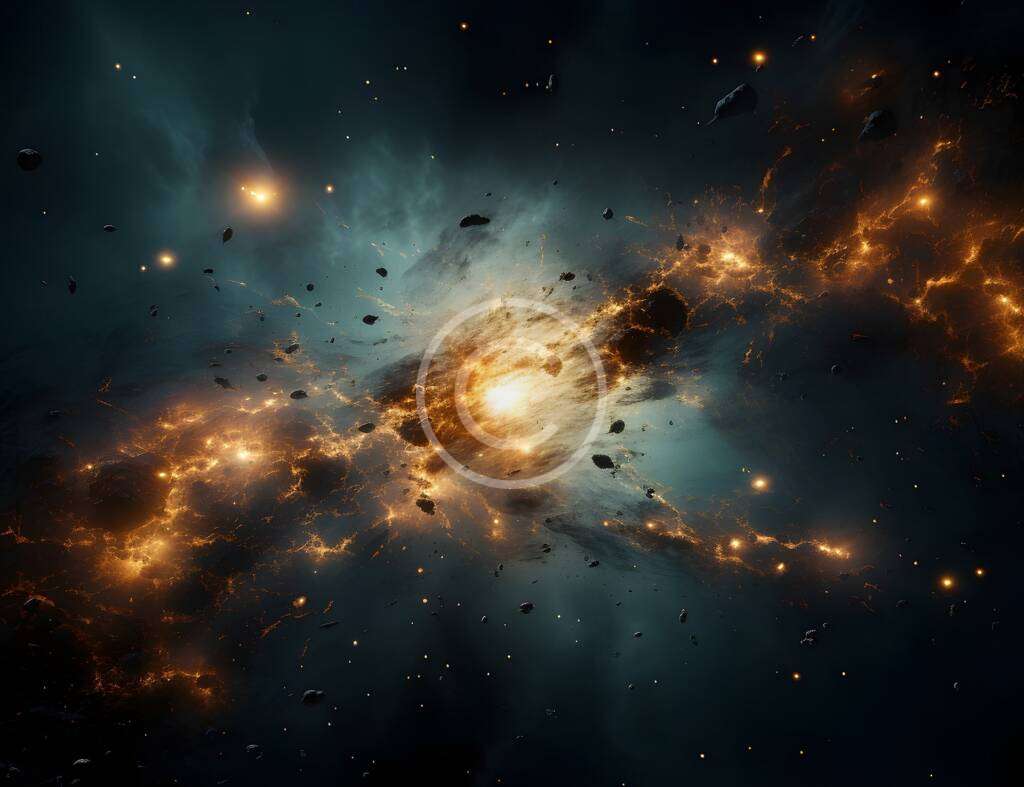The Indian Space Research Organisation (ISRO) has made the entire nation proud with its remarkable journey from humble beginnings to becoming one of the world’s leading space agencies. With innovative missions, budget-friendly technology, and a passion for discovery, ISRO has shown the world what Indian science and determination can achieve.
From a Bicycle to the Moon
ISRO was founded in 1969, and in its early days, scientists carried rocket parts on bicycles and bullock carts. But with a strong vision and dedication, ISRO grew into a space powerhouse. In 1975, India launched its first satellite, Aryabhata, marking the beginning of its space journey.


Reaching the Moon – Chandrayaan Missions
Chandrayaan-1 (2008) was India’s first mission to the Moon. It made a groundbreaking discovery: water molecules on the lunar surface.
Chandrayaan-2 (2019) aimed to explore the Moon’s south pole. Although the lander lost contact, the orbiter is still functioning and continues to send valuable data.
Chandrayaan-3 (2023) made history by becoming the first mission to successfully land on the Moon’s south pole, a feat only India has achieved.

Exploring Mars – Mangalyaan
In 2014, ISRO became the first Asian space agency to reach Mars with its Mars Orbiter Mission (Mangalyaan) — and did it on the first attempt! Even more impressively, it was completed on a very low budget, earning global praise and proving that space science can be both smart and economical.
Studying the Sun – Aditya-L1
In 2023, ISRO launched Aditya-L1, India’s first solar mission. It aims to study the Sun’s outer layers, solar winds, and their effects on Earth’s climate and technology.
Other Notable Achievements
- PSLV (Polar Satellite Launch Vehicle): Known for its accuracy, this rocket has launched hundreds of satellites for India and many foreign countries.
- Gaganyaan Mission (upcoming): India’s first manned space mission, aiming to send Indian astronauts (Gagannauts) into space.
- ISRO’s satellite network powers everything from weather forecasting and disaster warning to education and communication.
🇮🇳 Making India Proud
ISRO has shown the world that with vision, science, and teamwork, even a developing nation can lead in space exploration. It has inspired a generation of young Indians to dream big, explore the unknown, and believe that “sky is not the limit.”
In Conclusion
ISRO’s journey is not just about rockets and satellites — it’s about vision, hard work, and national pride. For students, it proves that science can shape the future and take us beyond the stars. Through programs like those run by EINSAT, young minds are inspired to follow in ISRO’s footsteps and become the scientists, engineers, and explorers of tomorrow.




